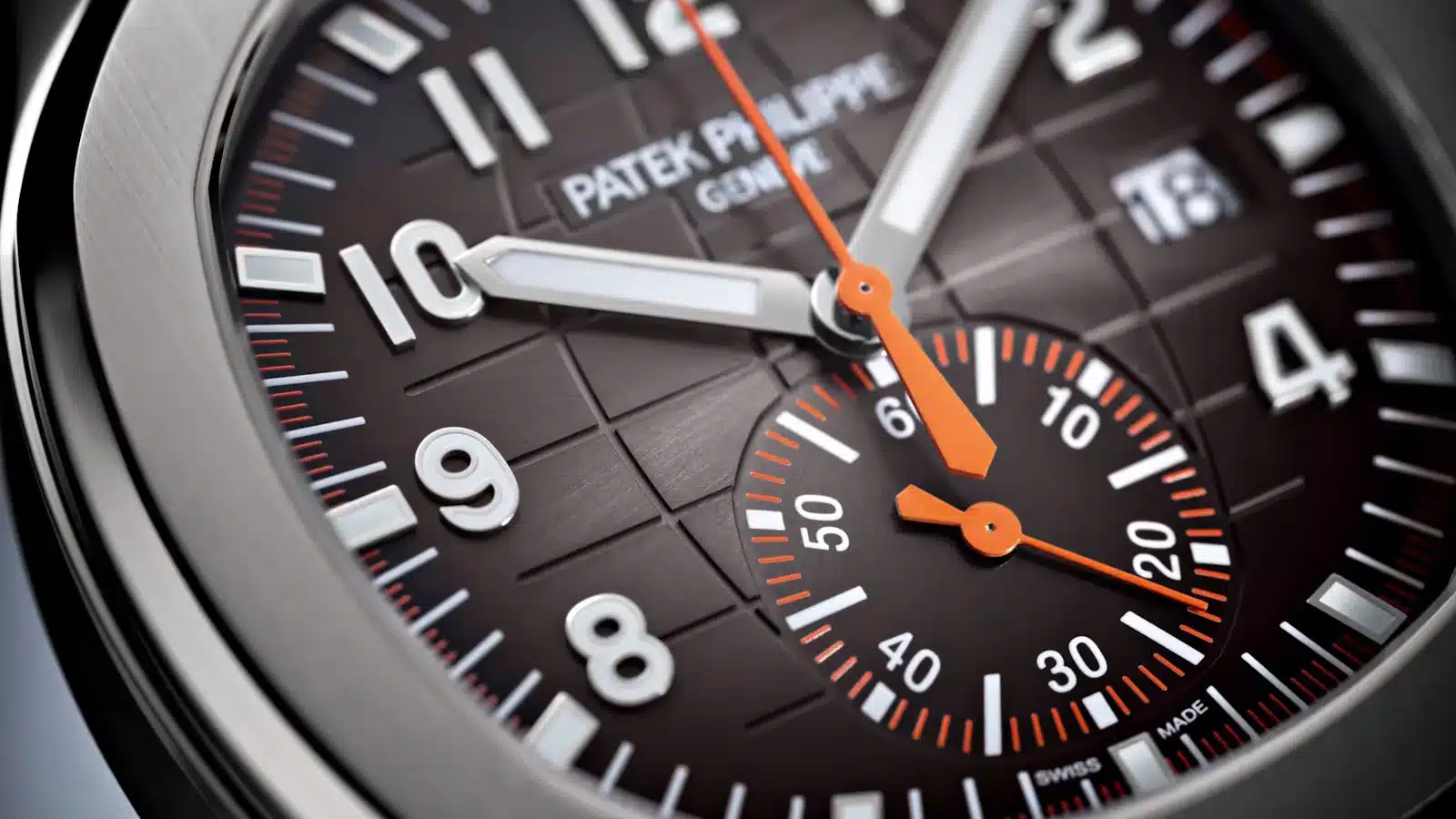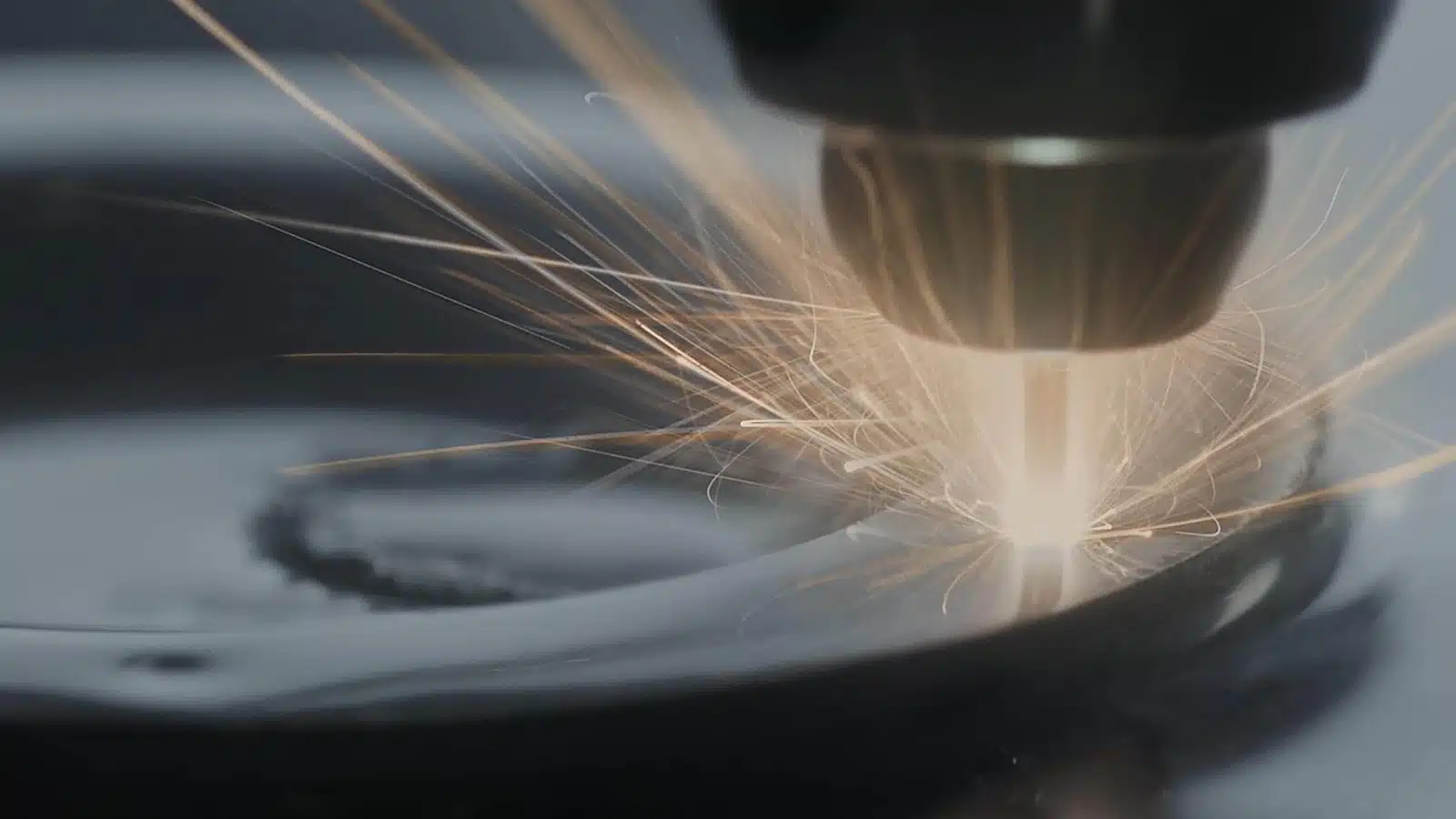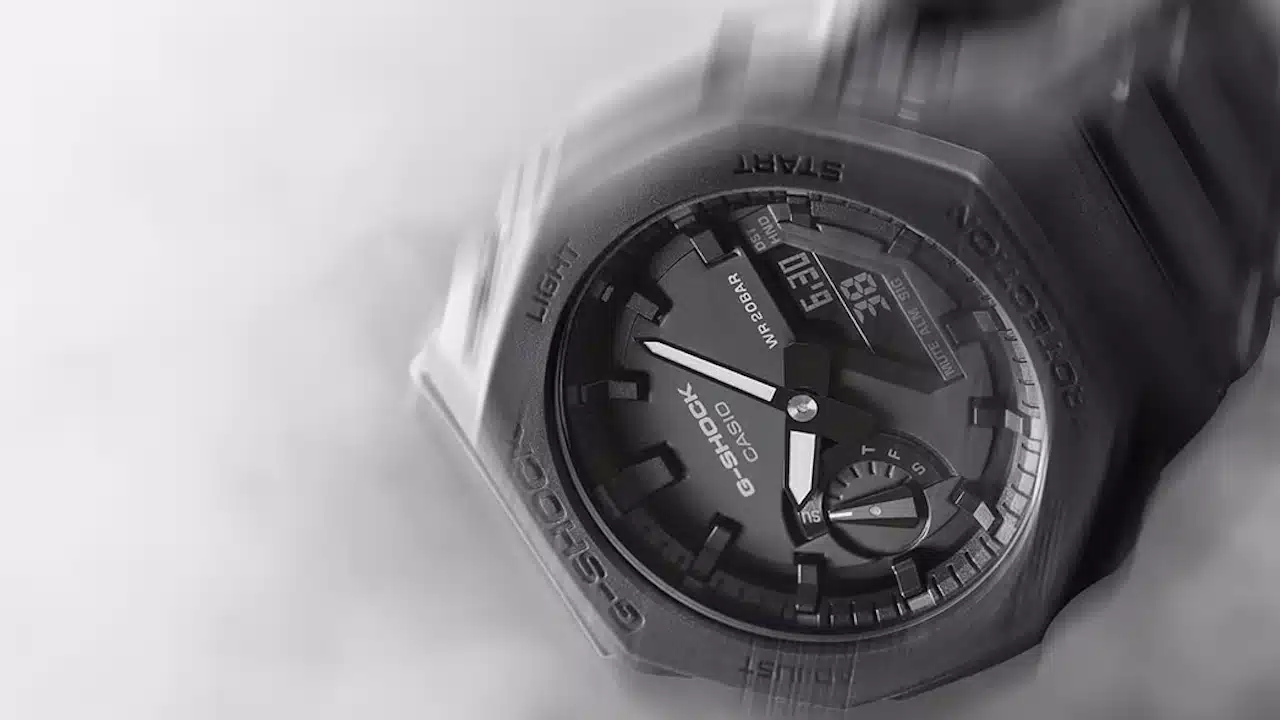What’s the deal with watch glass, and how many types are there? Figure it all out as we explore different types in this article.
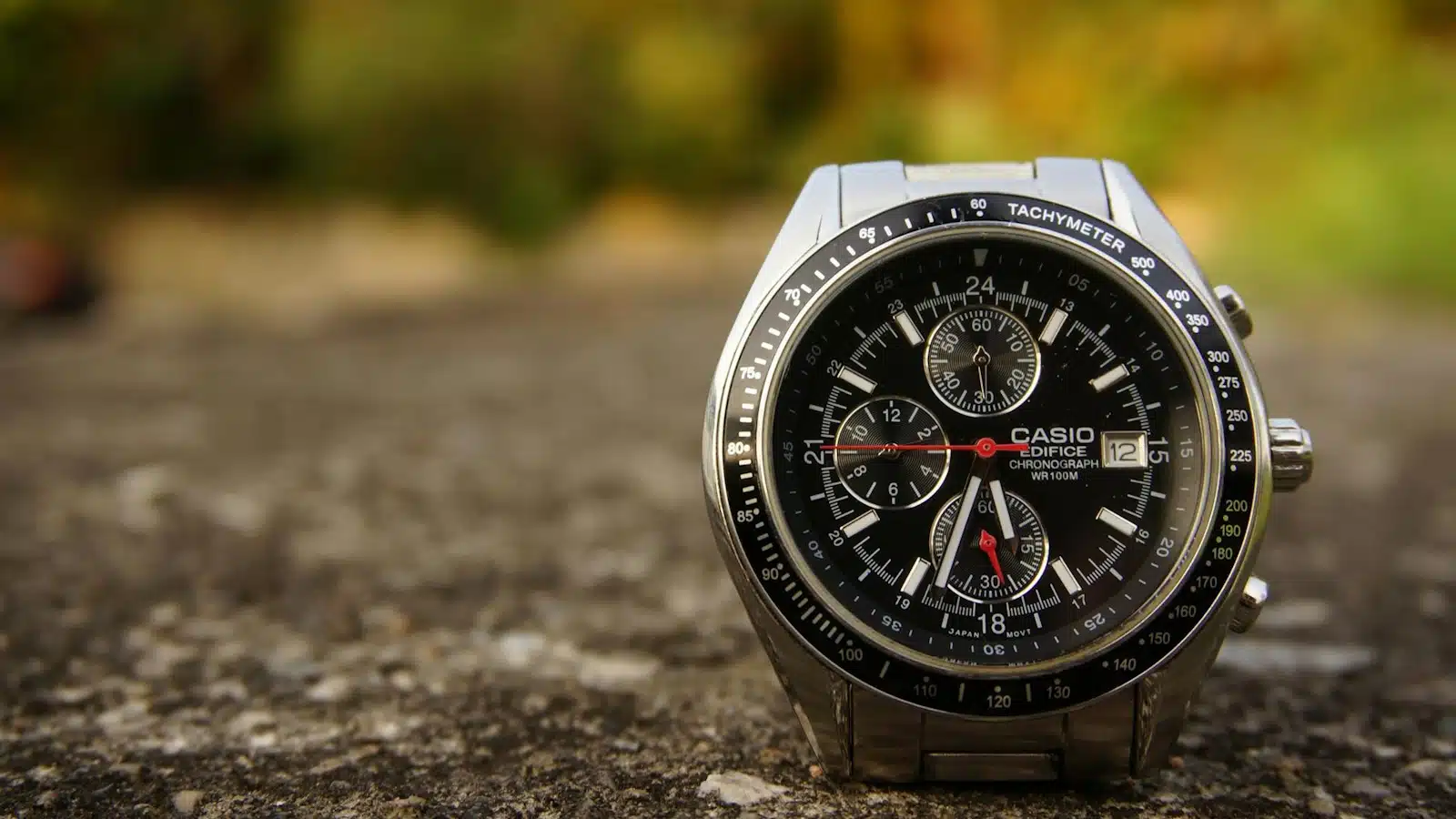
If you’re starting your watch-collecting journey, you might wonder what features of a watch you should prioritize. Watch movement type, style, and budget are all important factors to consider. But where do you stand when it comes to watch glass? Should you prioritize this feature in a watch? How many different kinds are there? Which is best?
In this article, we’ll examine and compare different watch glass types. Let’s get started.
Table of Contents
What Is the Crystal on a Watch?
The primary function of a watch glass or crystal is to protect the movement and dial of a timepiece. Although every watch glass serves the same purpose, it’s essential to know the differences between the variations. For example, you might think that higher-end crystals belong on the most expensive dress watches. Maybe you believe there are no advantages to owning a watch with a cheap plastic front. Perhaps you’re wrong?
Strength and scratch resistance are the two qualities that make a watch crystal premium. Think about that for a second. Your casual watches are more often subject to high-impact activity. By learning the differences between dial protectors, you can decide what kind you need for which watch and what you should expect to pay.
Are you wondering why sapphire variations are more expensive than other glass types? Or why do some brands slap cheap glass on watches with respectable movements? We’re going to cover all this shorty. Let’s start with the most popular glass in luxury timepieces – sapphire crystal.
Sapphire Glass
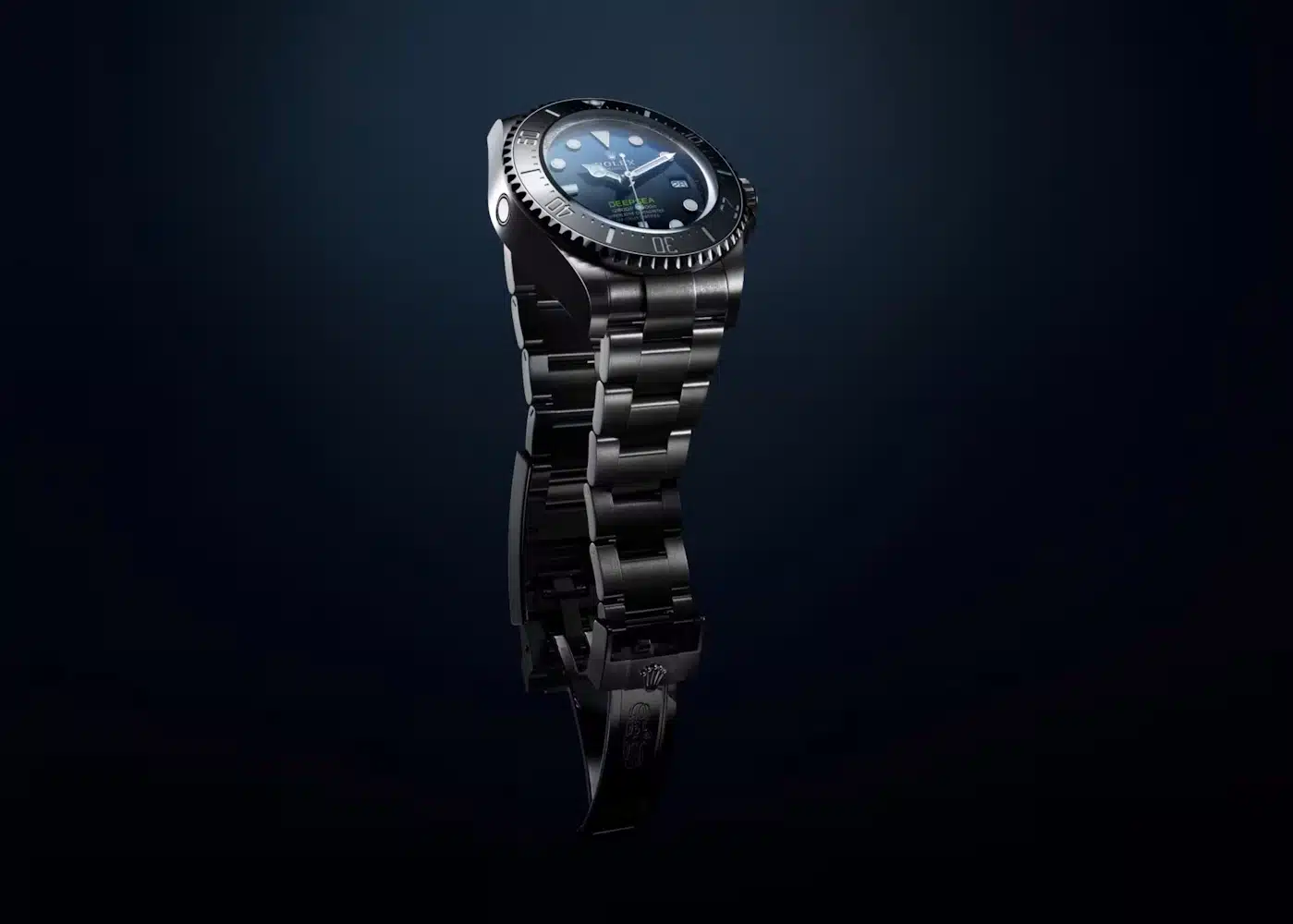
Sapphire crystal is the most expensive of the watch glasses because it’s hard, compact, and the most scratch-resistant. It often has an anti-reflective treatment, offering extra clarity over the watch dial. Produced in a lab, sapphire is a ceramic material that crystallizes when subjected to high heat. That said, the finished result is cool to the touch. So, this watch glass isn’t actually a glass at all.
Science measures mineral hardness using the Mohs scale. Sapphire scores a 9 out of 10, surpassed only by moissanite and diamonds. In fact, manufacturers can only cut sapphire using diamond-coated saws. Manufacturers have been using sapphire as dial protectors since the 1930s. However, it didn’t become common practice until the 1970s, when Rolex built the ref. 5100 with a sapphire crystal. After that, sapphire became the watch glass of choice for high-end brands like Patek and Vacheron. Some luxury watchmakers even create proprietary sapphires, like Rolex’s green Milgauss crystal. Many modern watches take inspiration from vintage models from the past with a domed crystal made from sapphire.
Sapphire isn’t the most shatterproof watch glass. But few of us will engage in the level of impact it takes to fracture it. This is why genuine military watches are typically the acrylic or mineral glass type.
Mineral Glass
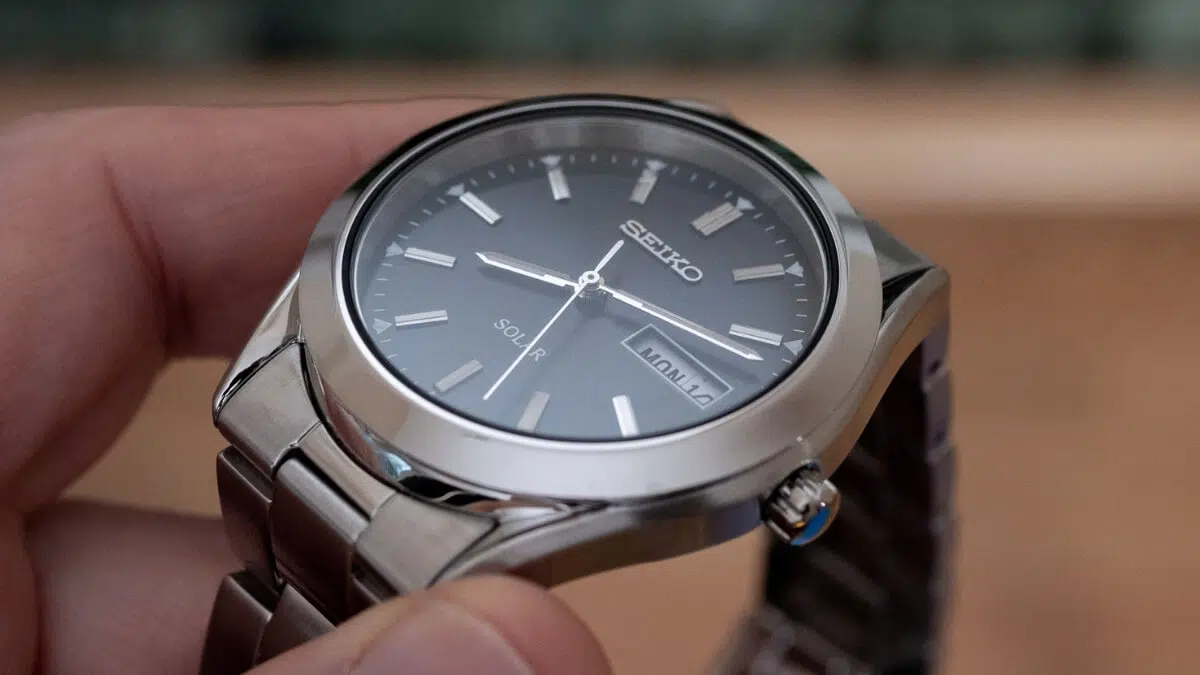
Mineral crystals are the original dial protectors of the watch world. Since they’re the standard glass type, they were prone to shattering and damaging the dial and movement. But these days, manufacturers treat mineral glass with heat or chemicals, achieving better shatterproof flexibility. It even surpasses sapphire. Mineral glass is also naturally less reflective than sapphire, providing excellent clarity.
However, mineral glass is more prone to chipping, so in the practical sense, it still ranks below AR-coated sapphires. After all, if your watch crystal chips, you’ll still want to replace the whole thing. Still, mineral is much cheaper than sapphire and way more scratch-resistant than plastic, and replacing it is easy and low-cost. This makes it a popular choice for mid-tier watch brands.
Seiko, for example, uses a proprietary mineral crystal called Hardlex. Since mineral is so affordable, brands like Seiko often use it instead of sapphire. It enables the brand to focus on affordable automatics. The sub-$500 Seiko ref. SNK789, for example, is ideal if you’re horologically curious but on a budget. A mineral-protected mechanical like this will be cheaper than a sapphire-protected one.
Watch out for some brands using a sapphire coating on their mineral crystals. This can sometimes put a premium price on a watch, but you shouldn’t confuse it for sapphire crystal glass.
Acrylic/Plastic
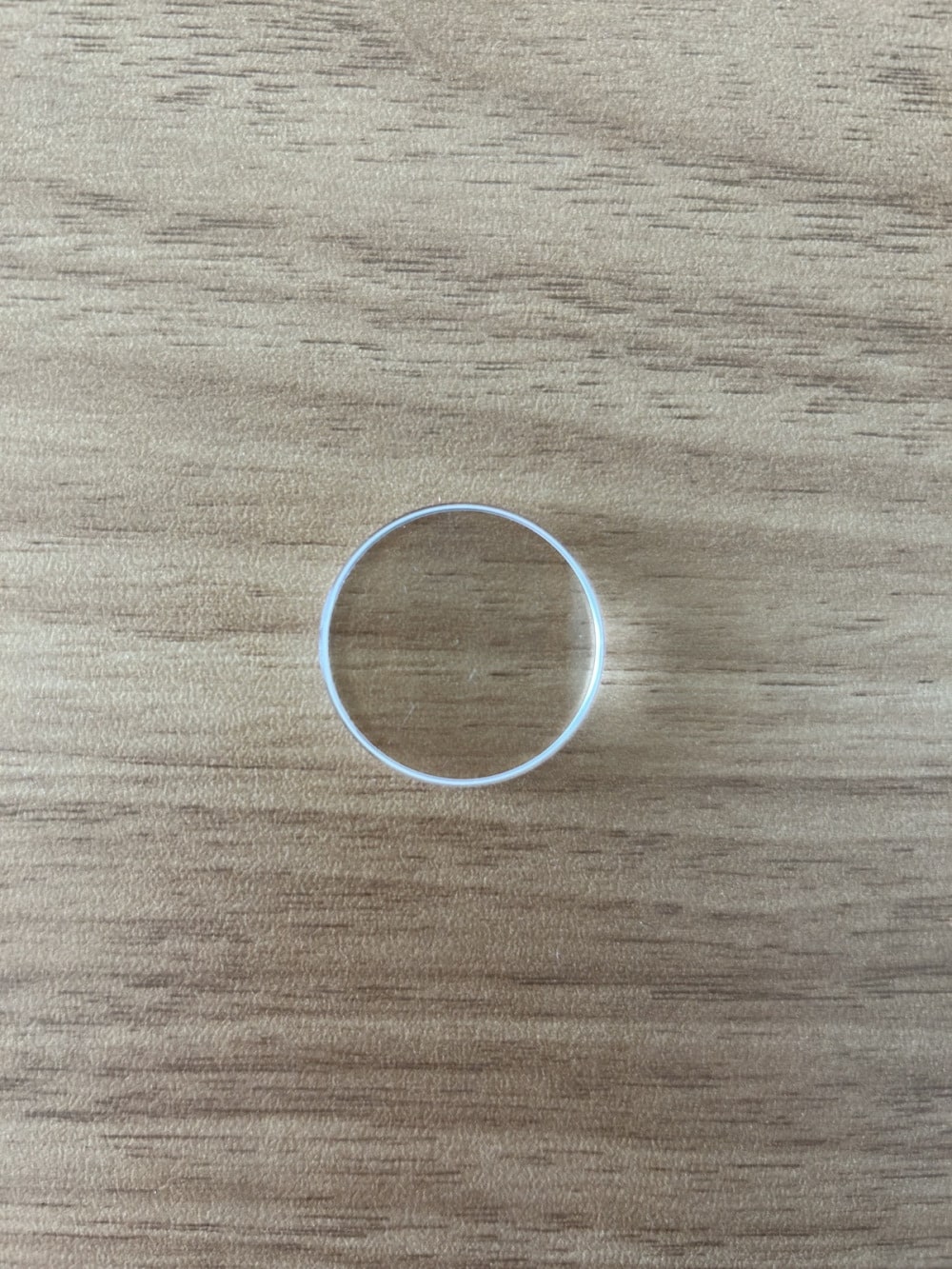
Acrylic or plastic dial protectors are the least scratch-resistant, offer the least clear, and are the weakest option on the list. Unsurprisingly, they’re also the most affordable watch “glass” by a mile. Product descriptions might use other names like Plexiglas, Lucite, or Perspex. None of this affects you, though, since the difference in name mainly comes from the watch brand’s supplier. They’re all essentially just a type of plastic.
However, acrylic has more to offer than just affordability. It’s much lighter than crystal, cheap, and easy to replace and repair. Similar to the home hacks we share about keeping your watch clean, you can remedy mild acrylic glass scratches at home with toothpaste.
Plastic is also impact-resistant, making these watches particularly practical. Since it’s not as clear as crystal, it provides an interesting visual distortion where it bends. This can often give a timepiece a sense of nostalgia that watch buffs love.
How To Replace Watch Crystal
Are you wondering how to replace the watch crystal on your timepiece? Maybe you want to upgrade to sapphire or replace a broken glass. Here are some steps you can follow. However, it’s always best to seek professional assistance if you have a high-end timepiece.
You’ll need a simple and cost-effective tool called a watch press. A tool kit with a watch press should also have several different-sized plastic dies. Before you start, you’ll need to follow steps to remove the watch’s movement and other sensitive parts. There are several YouTube videos on this.
Next, you’ll need to select two dies from your set: one concave, larger than the case and deeper than the rim, which will hold the crystal, and the second smaller than the crystal. Place the two dies in the watch press—the smaller at the top and the larger at the bottom. Place the case into the large die, facing the glass side downwards. Press steady with your hands to release the crystal. Replace the glass with another of the same thickness and diameter.
When installing the new glass, use a full flat die for the bottom of the case. Place the watch bezel up into the press and slide the crystal into the bezel. Press gently down on the crystal to secure it into the case. You can complete the process by reassembling the watch parts and putting them back into place.
FAQS
Here are some FAQs based on watch glass types to help you decide which is best.
Is It Expensive To Replace a Watch Crystal?
It can cost anything from $50 to $350 or more to replace the crystal on a watch. The price depends on the glass and how it anchors into the design. Manufacturers will charge for this service accordingly, depending on whether or not they’re a prestigious high-end brand.
Can You Clean Watch Crystal?
Several pastes and treatments are on the market for cleaning watch crystal; however, a warm, damp cloth should suffice.
How To Tell if a Watch Crystal Is Glass or Plastic?
Acrylic is warm to the touch, while sapphire and mineral is cold. Acrylic will also sound like plastic when you tap on it. A sapphire crystal watch produces a lower sound, and the mineral is more high-pitched.
Watch Glass Types Concluded
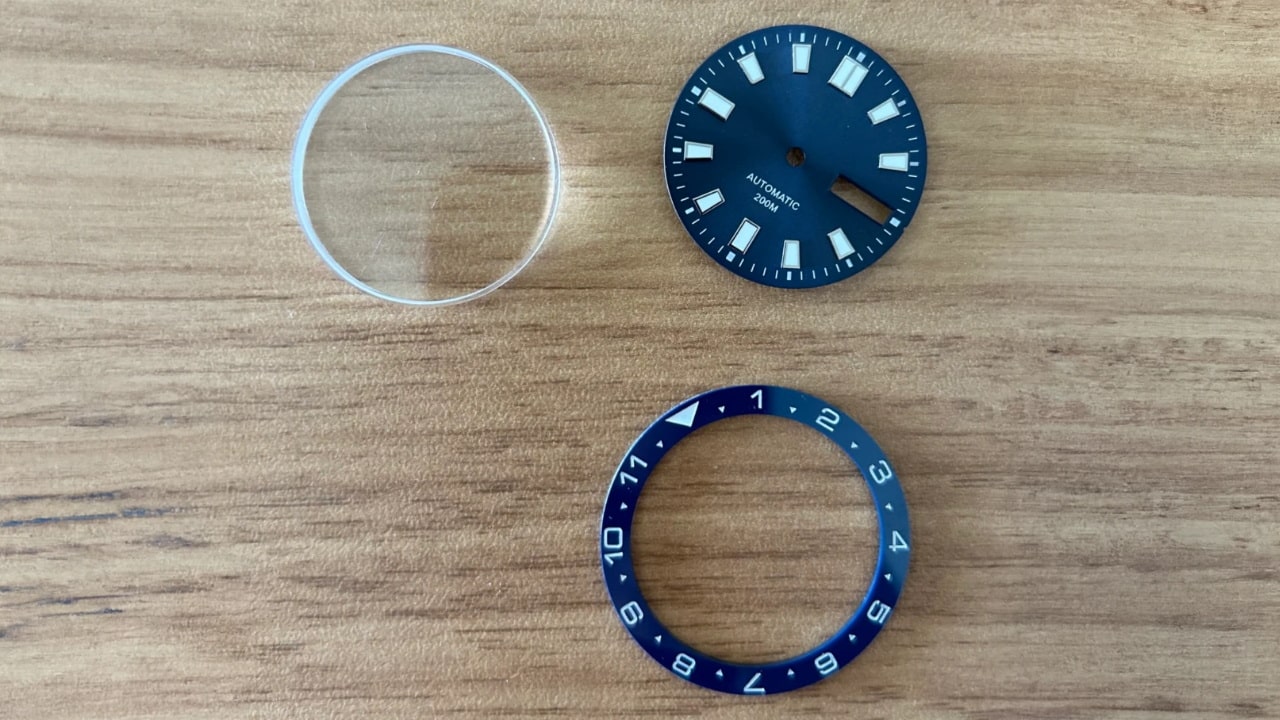
Premium sapphire is the way to go for clarity and unmatched scratch resistance. Luxury watches, unless vintage, often feature this material. But you can always do a spot of watch modding and swap the glass out for sapphire.
Mineral crystals are shatterproof and often come with a scratch-resistant coating. This is an excellent option for mid-tier watches and budget watches. Finally, plastic or acrylic watches are super cheap and lightweight. Even so, they’re definitely not as scratch-resistant or clear as the crystal options.
Which watch glass type do you prefer and why? Share your tips and tricks with us in the comments below. And don’t forget to sign up for our regular newsletter for more content like this!

